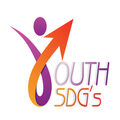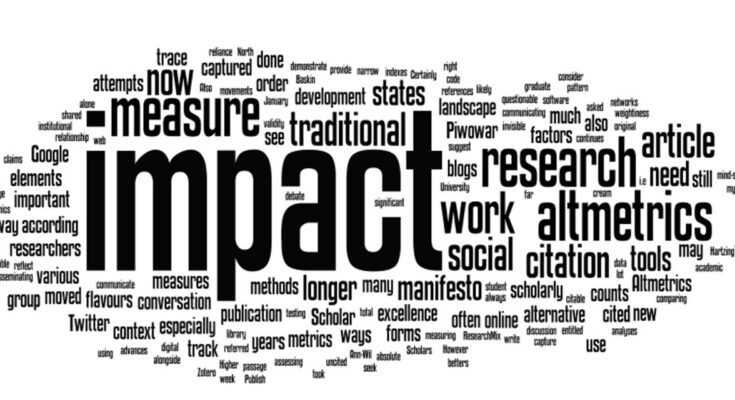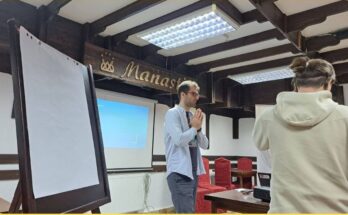European projects funded through more than 40 funding programmes are one of the instruments of the European Union to shape and guide the society development in the desired and envisioned frames and goals for the future.
In the Multiannual financial framework 2014-2020, €213 billion was provided for job creation and business support, €1.5 billion was invested in the Culture sector, €80 billion for research and innovation, €33 billion in infrastructure, and more than 4 million people were able to receive support to study, train and work or volunteer abroad. The questions remaining are: “How did the money invested impact the 447.7 million inhabitants of the EU’’ and “Is it even possible to track the project impact’’?[1]
Every standard EU project application has/requires the answers to the questions such as: “What is the desired impact of the project’’? or “Define the expected short, medium and long-term effects of the project’’.
We asked one of our members of the expert pool, Igor Jojkić who owns considerable knowledge on this topic, for some information.
Why is important to do impact assessment in EU projects?
Impact assessment demonstrates a project’s success or failure, and provides accountability to all stakeholders, including donors and beneficiaries. This could be very helpful to organizations regarding how to improve their future interventions in certain areas as well as to fine tune their upcoming project proposals based on identified lessons learned and space for improvement. In order to meet this growing demand for project effectiveness, development actors are increasingly incorporating impact assessments into their monitoring and evaluation plans as a tool for learning and accountability, as well as to design projects and policies that are evidence-based.
What is the best methodology for impact assessment?
There is not one right way to conduct an impact evaluation. What is needed is a combination of methods and designs that suit a particular situation. When choosing these methods and designs, three issues need to be taken into account: the available resources and constraints; the nature of what is being evaluated and the intended use of the evaluation.
The range of possible methods and designs is dependent on the availability of existing data, internal knowledge and expertise, and funding to engage external evaluators, and undertake additional data collection and analysis. It is useful to develop and use a programme logic of the intervention which specifies how its activities contribute to a chain of intermediate outcomes that produce the intended impacts. In addition to helping to choose impact evaluation methods, this helps to identify gaps in logic or evidence that the evaluation should focus on, and provides the structure for a narrative about the value and impact of a programme.
The third issue to consider is the intended use of the evaluation. This influences the types of questions that are asked, the timing for findings, what will be considered credible evidence – and even whether an impact evaluation is appropriate. In some cases other forms of monitoring or evaluation might be more useful or cost-effective than impact evaluation for informing particular decisions.
What are open-source tools to do so?
Definitely online survey tools could be used for impact assessment in order to collect quantitative data (e.g., Google forms, Survey Monkey, etc.).
Do we, as project partners, lose sight of the big picture and effect that our words, our knowledge and our time invested will have? When you work those long days and late nights, putting an idea into the designed frame, letter by letter, waiting for the “Approved’’ to happen, don’t forget that we might be making a positive impact on someone’s life. We are used to the macro-managing and project applications through screens, but don’t forget that it is not just a workshop, it is the knowledge that will be passed on. It is not just a business idea, it is someone’s dream come true. It is not just a learning mobility, it is discovering a whole new world. So, we need to measure the impact of the projects, and look for the positive change everywhere, in the streets of the cities, fields of the Europe soil, education systems, mindset and values of others, as well as in our own spirit.
Image source: https://www.leru.org/publications/productive-interactions-societal-impact-of-academic-research-in-the-knowledge-society
Useful links
Horizon Impact Award This award[2] is the European Commission’s initiative to recognize and celebrate outstanding projects that have used their results to provide value for society. These projects must have been funded by FP7 and/or Horizon 2020 funding programmes. The award aims to show the wider socio-economic benefits of EU investment in research and innovation. The award enables individuals or teams to showcase their best practices and achievements, and encourages other beneficiaries to use and manage their results in the best way possible. You can find the 10 projects to reach the final stage of the second edition of Horizon Impact Award here. The 2022 edition applications are open until 08.03.2022, and six projects will receive €25 000 each.
Here you can the European IP Helpdesk document that clarifies the terminology by illustrating the differences between communication, dissemination and exploitation, and point out the areas they have in common. It is intended as an introduction and will provide a helpful overview when developing your project’s outreach and exploitation strategy and plan. Boosting the impact of your project through effective communication, dissemination and exploitation
Futurium is a platform dedicated to Europeans discussing EU policies. The platform is initially developed for digital topics, but any topic relevant for the European Union is welcome to be addressed here. Have an idea for Europe? You have a community that drives European-wide agenda? Want to promote an initiative on a European level and make more impact? Join here.
The Impact Management Platform[3] website supports practitioners to manage their sustainability impacts – including the impacts of their investments – by clarifying the actions of impact management and explaining how standards and guidance can be used together to enable a complete impact management practice. This site is primarily aimed at those within public and private organisations who are responsible for implementing processes or making decisions related to sustainability.
The Impact+ Exercise[4] has been developed to help applicants and projects think about what their impact could be and how to measure it. As well as the video guide, the Impact+ Exercise materials provide you with an Impact+ Exercise table, a workshop guide and both a blank and text version of the Impact+ Tool.
Marija Bumbak
Project officer
Out of the Box International
[1] Source: https://ec.europa.eu/info/strategy_en
[2] Source: https://ec.europa.eu/info/research-and-innovation/funding/funding-opportunities/prizes/horizon-impact-award_en
[3] Source: https://impactmanagementplatform.org/about/
[4] Source: https://www.erasmusplus.org.uk/impact-and-evaluation.html





